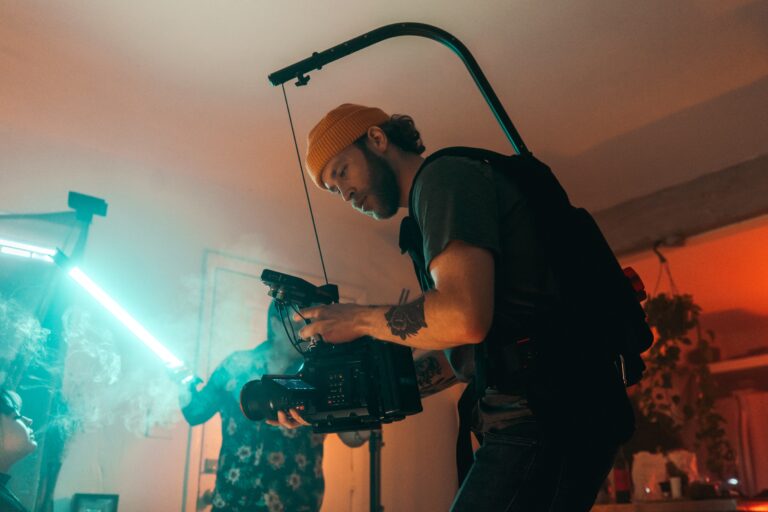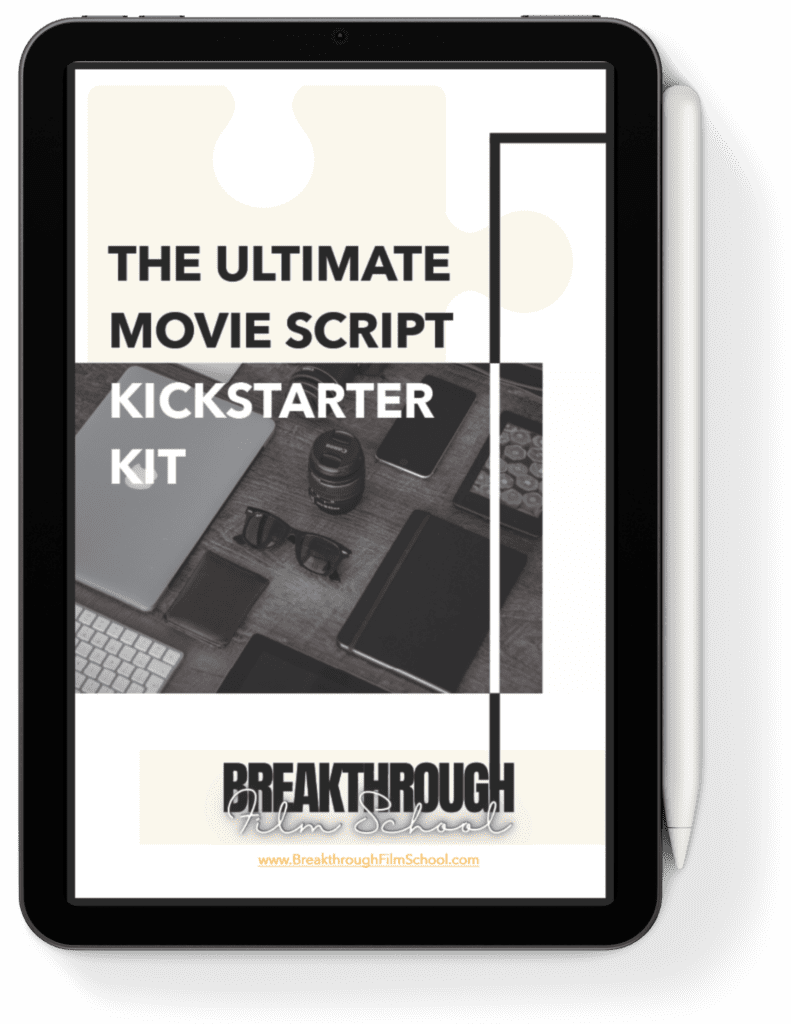7 Mistakes to Avoid When Doing Camera Movements in Film
It is exciting to do a moving shot in your film, but if you are going to do it you want to make sure it makes your movie better. New film directors make a few common mistakes and that can take away from their film more than it adds to it. You want to sidestep that in yours.
Whenever you move the camera while making a movie it complicates things and it can often raise the budget. If you are going to invest that extra money into your scene you want to make sure you get the most production value you can out if it.
That’s why we have listed out the mistakes that film directors often make that holds them back in their careers. Camera movement in a film can be the difference maker between getting hired for more projects or being overlooked. So watch out for these common mistakes in yours.
Use this as a guide to make sure you move the camera like a pro. It may be simply making a small adjustment here and there that makes a world of difference. Make every shot in your projects count.
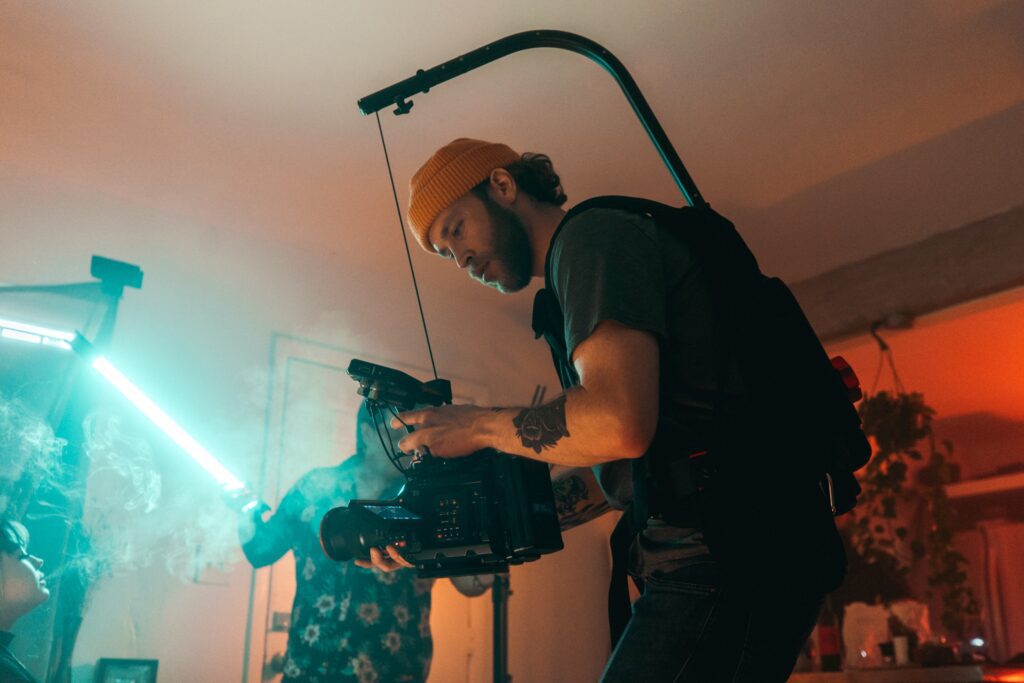
Is Camera Movement Good to Do? Not Always!
Camera movement is good in the sense that it can make your film more dynamic, but if you’re not careful, it can distract from the story. It really comes down to your reasoning and method for doing it.
There are at least seven common camera movement mistakes that are made in films. All camera movements are done with good intentions, but the audience doesn’t care what the filmmaker meant to do. All that will matter at the end of the day is how effective it was and the impact it had on the viewer who is experiencing it.
Filmmaking is an art and a science all at the same time. It is an art in that the filmmaker’s self-expression, point of view and vision are one of a kind. Making a film is a science though in that there are systems, methods and principles that need to be honoured in the process.
Moving the camera is an important ability for a filmmaker to develop in the medium of visual storytelling. When they do it randomly they will get mixed results. The article will help to outline how to think about moving the camera so that you look like a pro your next time out.
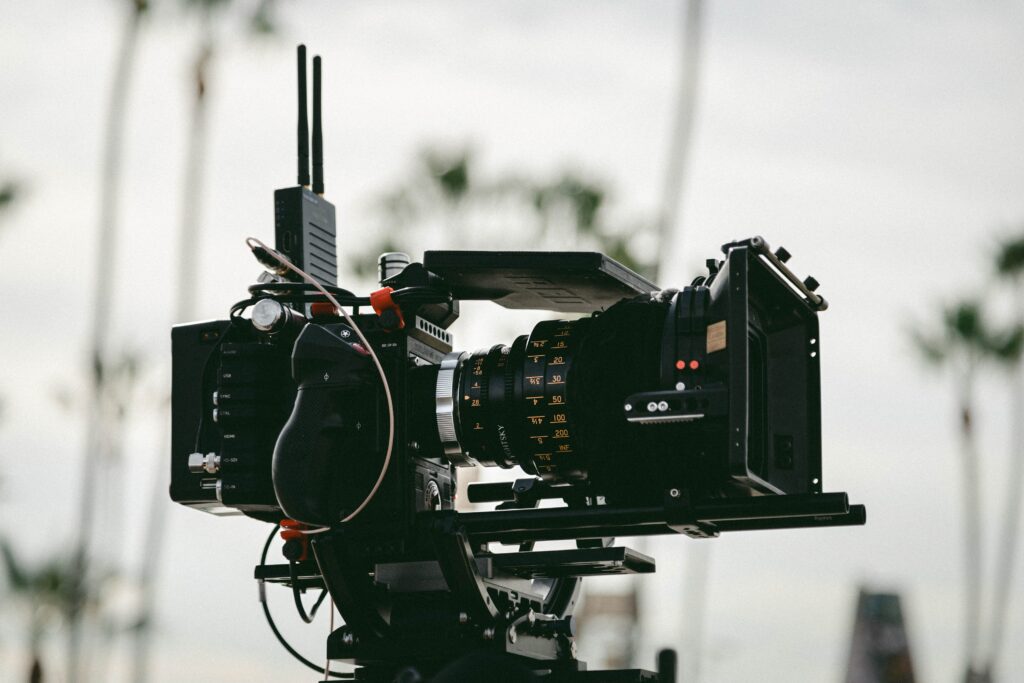
Mistake #1:
Making Camera Movements For Production Value
When you move the camera it usually does bring up the production value of the film, but sometimes it can end up being done at the cost of the story. When you move the camera it should serve the story and the characters first or you could find that it takes away from the film instead of adding to it.
When filmmakers have all the tools at their disposal they can become obsessed with the options they have available. There may be no need to dolly, track or crane the camera, but they do it anyway because they think it will look cool. They are quite often insecure about how their film will look without it.
A great way to make a film look more professional and of higher quality is to shoot it in a dynamic, ever changing way. If each shot has a little camera movement to it then it makes the film look a bit more high-end. The trouble is too much pointless movement can become distracting ultimately.
Moving shots tend to be better than static shots, but they are not always necessary. Sometimes the feeling of being still and grounded is the best way to get the audience focused on what is in the frame. Movement in a shot should have a point and it is most often to revel something or change to a better perspective.
If you are shooting a film and you want to move the camera find a story driven, character driven purpose to do so. Don’t just move the camera because it will look good. You may get away with it here and there, but eventually it will let you down. It also makes the shoot a lot more complicated to shoot anyway.
Moving the camera slows everything down because you need to set up more gear and have more people involved to pull it off. It also is more complicated because it makes for more moving parts on the film set, meaning more things can go wrong. This means doing more takes, which leads to taking more time to get shots done.
In film time is money. So when you move the camera and put every time and effort into your shots do so with a point that is deeper than just trying to look good. Find motivation in each camera movement and plan your moving shots according to the vision you are creating. Focus on telling the story with the camera.
If you randomly move the camera and do not think about the effects of doing so you may find yourself in a nightmare when it’s time for post production. To shots may not fit together in the edit or they may just lead to confusing storytelling that becomes very distracting to the audience.
The remedy is put the story first and make sure that your camera moves assist in telling it the best way possible. You can move the camera all you want if you do so with purpose that is in line with how it all needs to connect together. Consider the audiences experience of the story more than how the film looks.
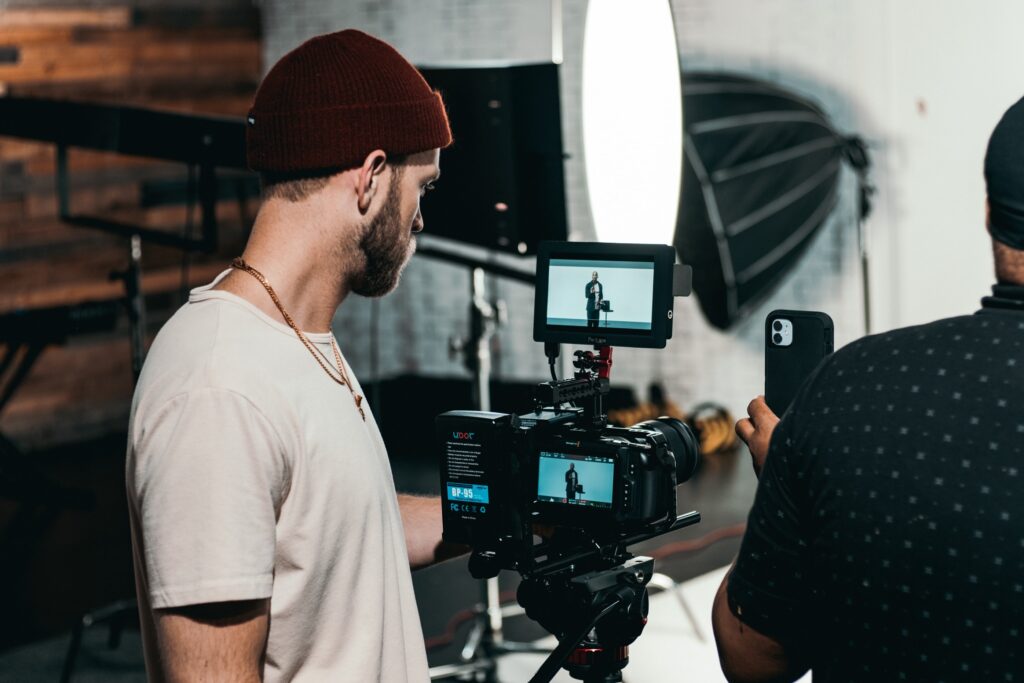
Mistake #2:
The Camera Movement is too Slow to Matter
If the camera moves too slowly it cam make the shot look boring, especially if you hold the slow movement for too long. The funny thing is sometimes that pace may work, but other times it won’t. You need to be sensitive to this and pay attention to what is going on in the scene. If you motivate the move from the story the right speed will become very obvious.
If you are still not sure how fast to move the camera consider what is going on in the scene and determine what is the importance of the move. If you are moving the camera not just for aesthetic purposes or only to raise production value your creative reasoning will help you. By honouring the story you will have more of a vision and be able to rely on that vision.
When you are on your off time, not on set, watch movies and pay attention to the camera moves. Notice whenever they are moving the camera and how fast or slow it tracks, dollys, cranes, pans, or tilts. Become sensitive to what the camera is doing in the film’s you watch so that you can learn from the masters and take note. Make sure you watch great filmmakers as well.
When it comes to the speed at which you move the camera there is no right or wrong way, but there are more effective and less effective ways. Your aim is to simply make your camera moves as effective as they can possibly be. Sometimes you are going to need to speed it up, other times you are going to need to slow it down. The story should give you the answer you need.

Mistake #3:
The Camera Movement is too Fast to Take Things In
Fast camera movements can be effective, but if you use them and cut from the shot too quickly they can just come off as a blur. Plus, the faster you move the camera the more that can go wrong in the move. The focus can be lost easer, their can be a bump in the movement or the framing can be off. With faster moving shots it is sometimes hard to notice these things on set.
A good strategy is to always watch playback for your moving shots, especially if you are moving the camera quickly. By watching playback you can check to see if there was anything wrong with the shot before you move on. If you do take after take and it just isn’t working you can always slow down the camera a little bit so that it is easier to get everything about it right.
Speed and precision are not always friends when it comes to fast paced camera movements. Usually one or the other gets sacrificed, especially on independent productions with smaller crews and less high end gear. These productions are usually dealing with more obstacles because they are shot on location rather than in an open studio location. Do the best with what you have.
As a filmmaker you have a vision and in your head it all just works perfectly. Then reality comes along and makes it a lot more difficult to achieve. Your job is to figure out the line as to what is possible, do it safely and still keep your time schedule throughout the day. You will have many battles to fight when getting your camera moves right so be patient.
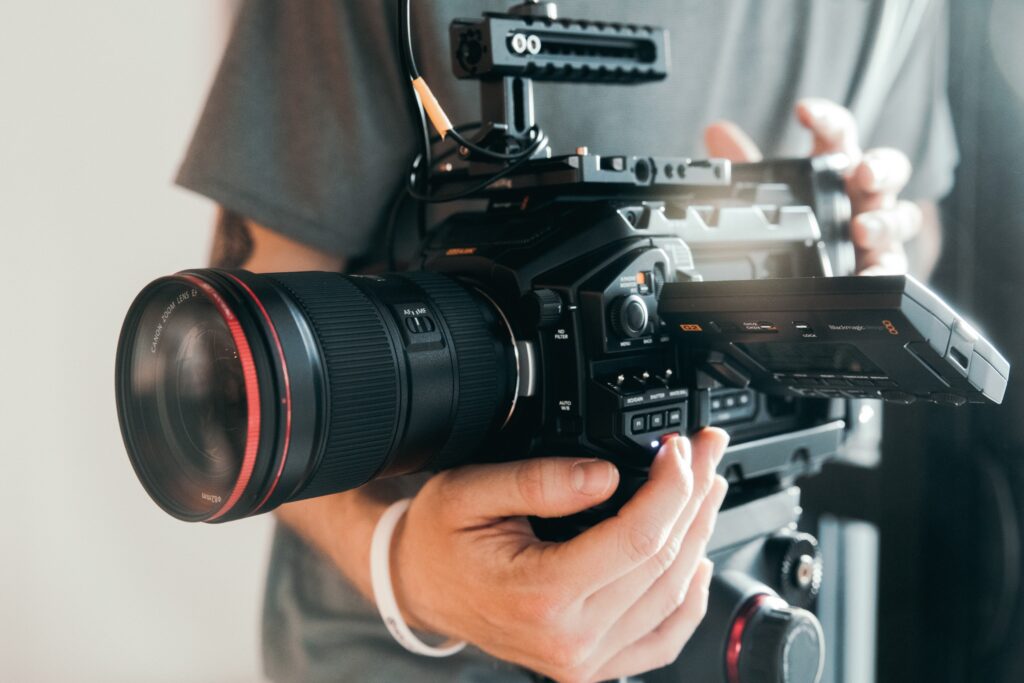
Mistake #4:
The Camera Movements are Not Story Motivated
If you want to create problems for yourself start moving the camera in an unmotivated way. Not only is it a big waste of time, energy and resources, but it will take away from your final film as well instead of adding to it. The number one most important thing you make sure of is that every camera movement you do has a purpose.
The camera is the eye of the audience. Wherever you point it that is where they must look. You are choosing for them not only what to see, but also how they see it. If you want them close into something you can do it. If you want them to get the bigger picture you can keep things wide and open. You can do anything.
Just because you can do it though doesn’t mean you should. Sometimes a filmmaker will have this great shot in mind and in and of itself it may be a great shot, but that is not the point. The point is can they incorporate the beauty and aesthetics of their vision into serving the experience of the story at hand.
What matters is does the shot serve the story, the character journey, but most of all the audiences emotional and intellectual experience of these things? You are the one looking out for them. When you choose the shot, choose the movement, you are exercising your responsibility to tell the story effectively.
Moving the camera with motivation is about providing a service to the story and it may make the film look better when you do it, but that is hardly the point. The real aim is to make an impact with the movement, to do something specific, accomplish something that helps everyone along.
Choosing shots and moving the camera with motivation helps not only the experience for the audience, but it allows the actors performances to be more powerful. You can have great actors, but if you distract from their performance with your beautiful shots you have failed them. You have failed the story and everybody.
It’s about being the captain of the ship as a film director. You are the one who is creatively in charge of the vision so make sure to check your ego at the door when you choose a shot or move the camera. Think about the service you are providing and do everything in your power to deliver with excellence.
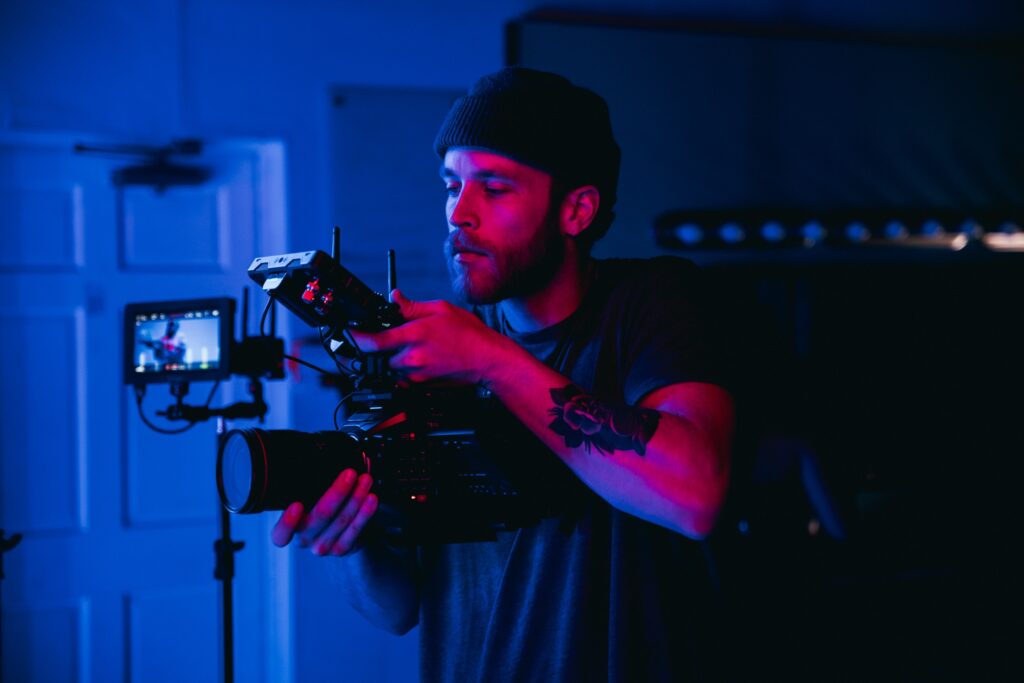
Mistake #5:
The Camera Movements are Overcomplicated
If you have a shot that combines many different moves in one single shot it is going to take a lot of planning and preparation before you ever do the shot. You are going to have to run everybody through the shot and practice it several times before hand. The real question you have to ask though…
“Is this complicated shot even necessary?”
Sure your complicated shot may look really cool, but that is not enough. What matters is does it serve the story and the overall vision you are creating? If you are simply going for production value then even if you get the shot perfect you still may fail with it in the editing room. Be critical about this.
Making things more complicated than they need to be is the mark of an armature filmmaker, not a professional. Sure, maybe you are not getting paid for making your film, yet, but that does not mean you stop holding yourself to the standards of professionalism. A true professional does more with less.
The mark of a professional is they can keep things simple and achieve their vision. They don’t need to complicate things to do more. They may do complicated shots, but when they do it is the simplest way to achieve their vision. They don’t you make anything more complicated then it needs to be and neither should you.
Being a professional filmmaker is not just about getting beautiful, unique shots, it is also about getting your day done on time. If you want to work in this industry as a professional you are going to have to learn how to get things done in a window of time. Rarely will you have as much time as you want.
In film time is money and every second you burn is burning production funds. If you had all the money in the world it still would not make sense to dilly-dally because it is a senseless waste of capital. Part of making a great film is bringing it in on budget and the less it casts to make the more it can make in return.
Complex moving shots are a sure file way to get behind on schedule because something almost always goes wrong with them. This leads to needing to do many takes and it can exhaust everyone on set. The crew gets worked from doing the same move over and over and the actors get tired from having to do the scene again and again. They get frustrated each time it doesn’t work.
Complicated shots can be a morale killer on set. There is no problem with doing them now and the, but always check your ego at the door and ask yourself if they are necessary. If there is a simpler easier option go with that, unless this shot is absolutely vital to showing the film the way it needs to be seen.
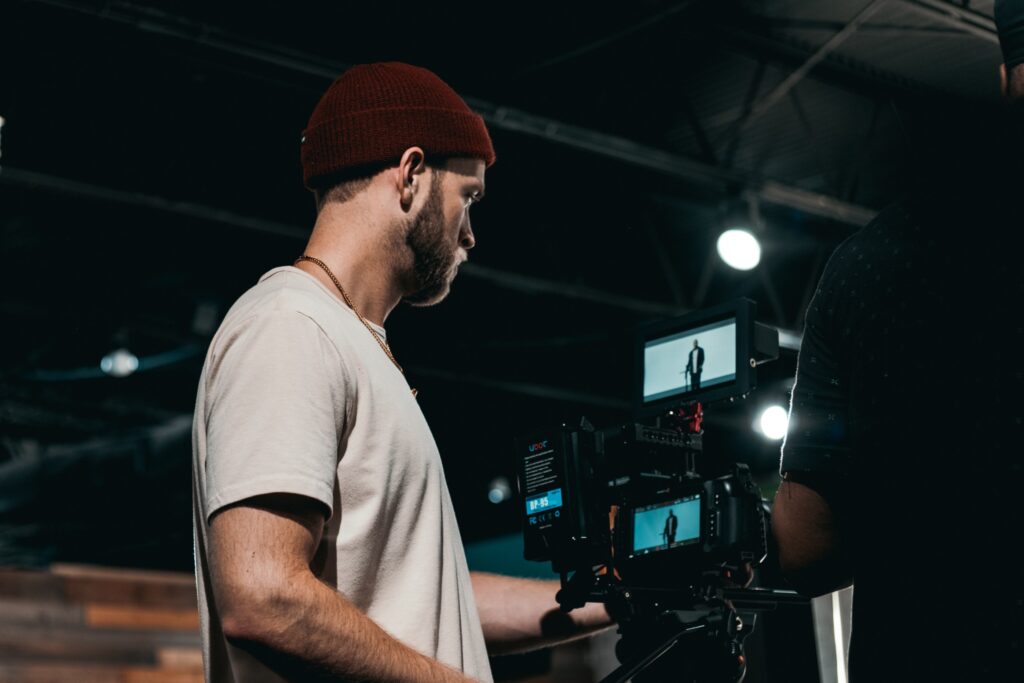
Mistake #6:
The Camera Movement is Done Only to Look Good
In society today we can get obsessed with beauty. We want everything to look good, look perfect and be pleasing. The fruit we are shown buy at the grocery store are almost always the pieces that looked pleasing to the eye. Did you know that the brushed apples get thrown out because they won’t sell a lot of the time?
In nature the flaw is perfection. The crook in the tree that hangs off the cliff edge is what makes it so beautiful. If we only look for perfection we often miss true beauty because what appears perfect is usually common. In filmmaking common is boring and burning is a mortal sin in this medium.
The pursuit of ascetic shots in film is a misguided form of filming great cinema. Everyone is going after this and so many films are common, boring and lack impact. If you want to capture true beauty in your shots you need to look for the nature in what you are filming. You must look for needs to be seen.
It really depends what kind of filmmaker you want to be. If you are after perfection you will likely get it at the cost of doing anything impactful. If you instead have faith that beauty will be born of authenticity then you may discover yourself capturing moments that not only move others, but move you too.
Film is filled with beautiful things already. Beautiful actors, beautiful lighting, beautiful ideas. Trust that the beauty that is already there is enough and instead of trying to manufacture it, aim to discover a new beauty you never saw on the surface of everything. Make the camera to discover instead of show.
Moving the camera is not just about making your film look pretty, it’s about finding what actually makes it beautiful under the surface. The trouble with shooting only for ascetics is it makes for shallow visual story telling. Dig deeper, find the rears and beautiful nature beneath the pretty images you capture.
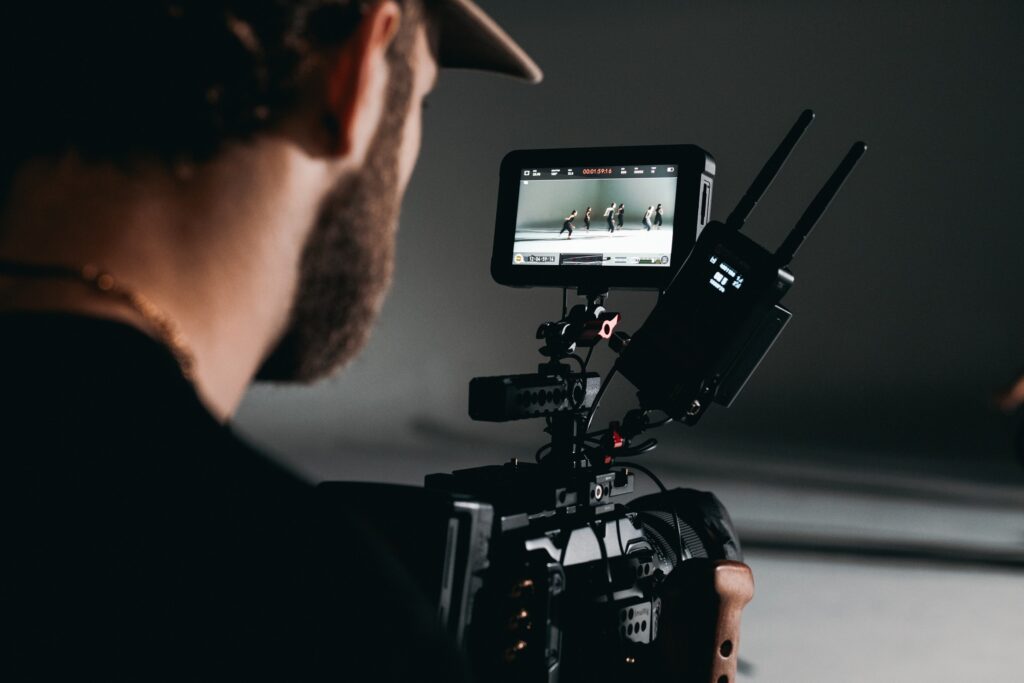
Mistake #7:
Making Predictable, Cliche Camera Movements
Many filmmakers make the mistake of watching other great filmmakers and copying them without understanding why they did what they did. The filmmaker liked the shot and so they incorporated it into their film, but in doing so, their shot is disconnected. It is okay to copy the greats, but understand why they did it.
If you haven’t guessed yet… “because it looked good” is not a good reason. Some television networks get away with filming their shows without a lot of depth in their camera movements, but that is likely because they are shooting so much content so fast there isn’t enough time to truly consider every shot deeply.
When you are making a film every shot you do may be meaningful and important to the story. The filmmaker is telling the story with their images as much as the story is telling itself. The film is short and everything it it matters because it all has to add up by the end. The time runs out and then it is over.
Sometimes you are going to do common shots and that is okay, just make sure when you do they are the simple ones. A close up is a close up and there is not a lot verity from one to the next. This is fine. You can do all the standard coverage, but make sure that isn’t all you do. See where you can change things up.
The real issue comes in when the filmmaker copies a complex shot that has been seen many times before in other films, but is out of context in theirs. For your shots to be effective in your film they need to compliment your story. Sometimes common moves will be all you need, other times they may inspire uncommon ideas.
The bottom line is be open to discover something new as you are filming your movie. Have a plan, but make sure that when you get to set that you choose shots that make sense to the story you are trying to tell. Trust your own vision, you may have an idea that is new or different, and if it works go for it.
The idea is not to reinvent the wheel, the idea is simply to use the wheel in the best ways possible. Replace the word “wheel” for “shot” and you will get the analogy here. It’s about using the same tools we all use, but using them the way that suits your story the best. You are the filmmaker so you make the call.
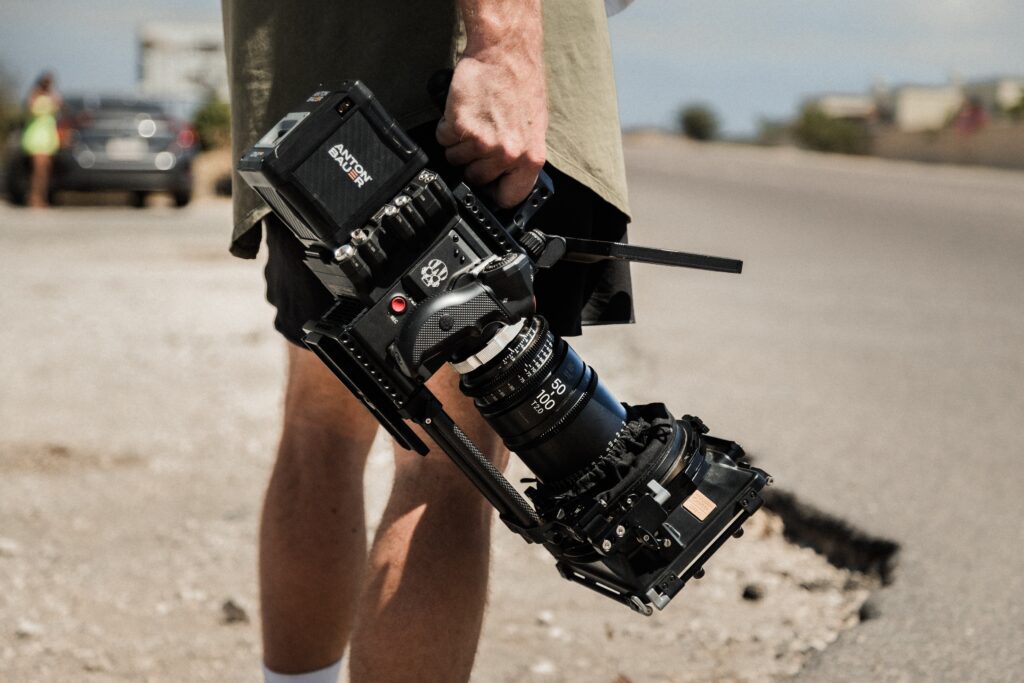
When You Move the Camera Make Sure that You Do it with Purpose & Intention
In the end always go back to two things before you move the camera when making a film. One, what move will best tell the story visually by honouring for the audience what they need to see and how they need to see it? Two, what does the audience want to see, need to see and what’s the best way to show them it?
If you always thinking about story and audience first all your camera movements and positions should work just fine. They may not always be the best possible thing you could have done, but at least they should work… Most of all they should make sense and they should also honour the storytelling.
Sometimes you won’t have a lot of time to think on set and things can move at a very fast pace. You can come in with a plan and then all the sudden things can go wrong. You can lose location, light or a verity of other things. When this happens you will have to adapt and think on the fly to get through the day.
Go back to this list of mistakes and when you think about your next shot just make sure you avoid doing any of these. It could save your scene. It could also push you to make a far better film than you otherwise would. Sometimes it’s not know what to do, but rather knowing what not to do.

